Don't have an account? Join for free
For advertising on
Interest to become a seller? Get info
Cart
Completions
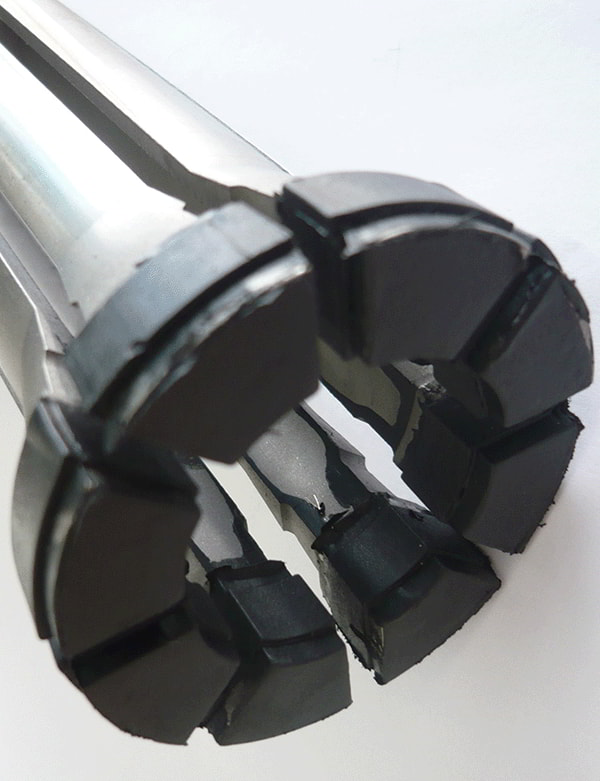
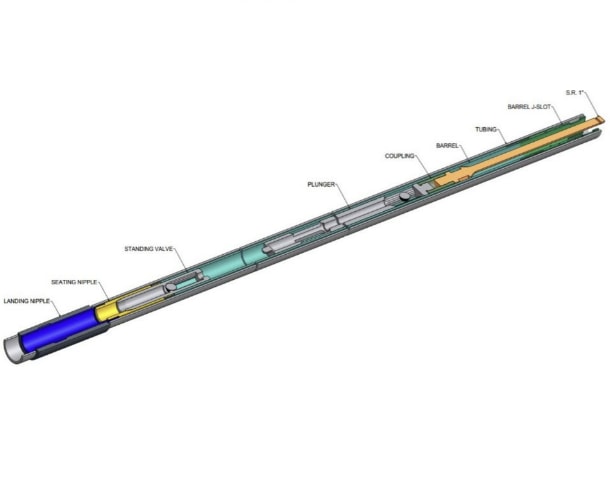
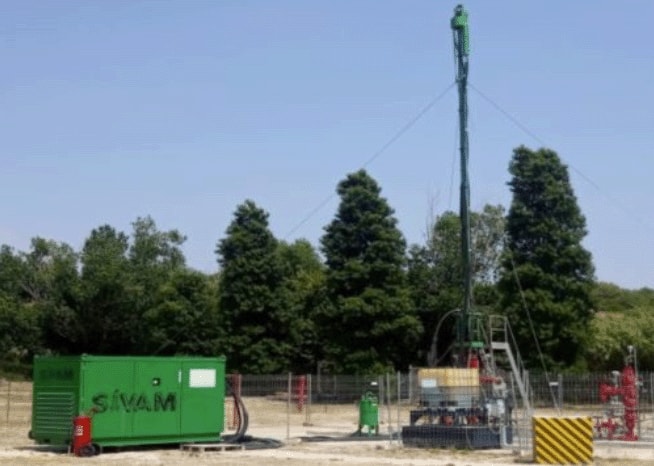
Long Stroke Hydraulic Pumping Unit
In the last few years, thanks to intense engineering studies, Sivam has designed and manufactured the Long Stroke Hydraulic Pumping Unit to maximize the efficient recovery of oil from wells completed with sucker rods. One of the main advantages of the Long Stroke Hydraulic Pumping Unit compared to a conventional Beam Pump is the longer stroke length results in less pump cycles per barrel resulting in higher pump efficiency and less wear and tear on the downhole components. Installation of the Long Stroke Hydraulic Pumping Unit is quick and simple. Installation averages just 3 hours and civil work is not required. The light weight of the unit (under 3 tonnes) and small footprint (it is mounted on the X-mas Tree) provides a artificial lift pumping unit that can be used in well testing or offshore platform applications (dual barrier policy can be achieved when used in conjunction with our rod sentinel SCSSSV). View Details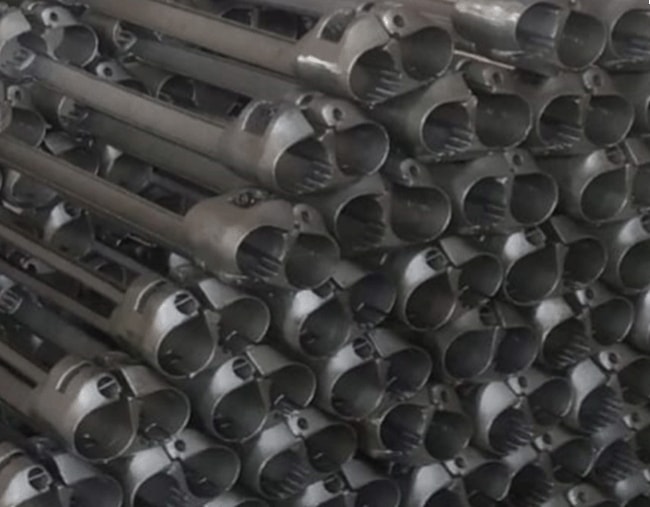
KWIK Control Line and Cable Protector
Cross coupling protectors are essential tools used in the oil and gas industry during the installation of completions in oil and gas wells. These protectors provide a variety of benefits that make them a necessary investment for any oil and gas company. Protects Control Lines: Cross coupling protectors help protect control lines from damage that can be caused by the installation process, environmental factors, and other external factors. By providing an extra layer of protection, the control line can last longer and reduce the need for costly repairs or replacements. Prevents Fluid Contamination in Cables: Cross coupling protectors prevent fluid contamination by keeping debris and other unwanted materials out of electrical cables during installation. This is particularly important in the oil and gas industry where contamination can lead to significant safety risks, equipment damage, and production losses. Reduces Maintenance Costs: The installation of cross coupling protectors can help reduce maintenance costs. By protecting control lines and cables the completion is less likely to require maintenance or repair. This can result in significant cost savings over the long-term. Improves Efficiency: Cross coupling protectors help to improve the efficiency of the installation process. By providing a secure connection and preventing contamination, the installation process can be completed more quickly and with fewer re-work. This can help to reduce downtime and increase productivity. Enhances Safety: Cross coupling protectors enhance safety by reducing the risk of equipment failure and fluid contamination. This can help to prevent accidents and injuries, and ensure that the installation process is completed safely. The use of cross coupling protectors is critical to the successful installation of tubing in oil wells. They provide numerous benefits including protecting tubing joints, preventing fluid contamination, reducing maintenance costs, improving efficiency, and enhancing safety. By investing in cross coupling protectors, oil and gas operators can ensure the long-term success of their operations while improving their bottom line. View Details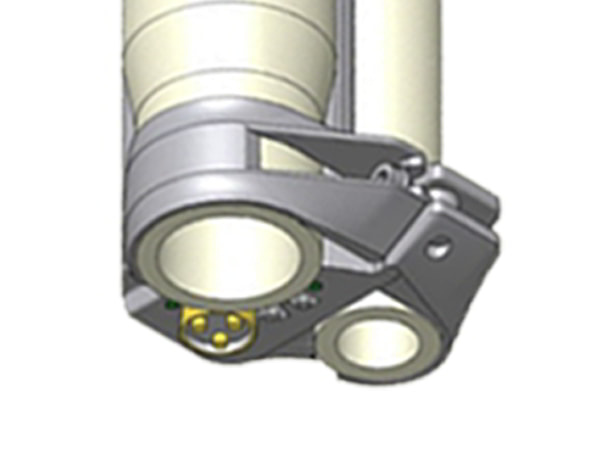
B-KWIK Control Line and Cable Protector
Cross coupling protectors are essential tools used in the oil and gas industry during the installation of completions in oil and gas wells. These protectors provide a variety of benefits that make them a necessary investment for any oil and gas company. Protects Control Lines: Cross coupling protectors help protect control lines from damage that can be caused by the installation process, environmental factors, and other external factors. By providing an extra layer of protection, the control line can last longer and reduce the need for costly repairs or replacements. Prevents Fluid Contamination in Cables: Cross coupling protectors prevent fluid contamination by keeping debris and other unwanted materials out of electrical cables during installation. This is particularly important in the oil and gas industry where contamination can lead to significant safety risks, equipment damage, and production losses. Reduces Maintenance Costs: The installation of cross coupling protectors can help reduce maintenance costs. By protecting control lines and cables the completion is less likely to require maintenance or repair. This can result in significant cost savings over the long-term. Improves Efficiency: Cross coupling protectors help to improve the efficiency of the installation process. By providing a secure connection and preventing contamination, the installation process can be completed more quickly and with fewer re-work. This can help to reduce downtime and increase productivity. Enhances Safety: Cross coupling protectors enhance safety by reducing the risk of equipment failure and fluid contamination. This can help to prevent accidents and injuries, and ensure that the installation process is completed safely. The use of cross coupling protectors is critical to the successful installation of tubing in oil wells. They provide numerous benefits including protecting tubing joints, preventing fluid contamination, reducing maintenance costs, improving efficiency, and enhancing safety. By investing in cross coupling protectors, oil and gas operators can ensure the long-term success of their operations while improving their bottom line. View Details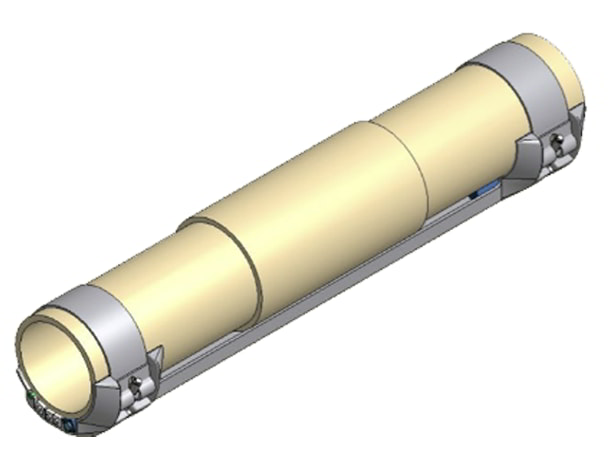
S-KWIK Control Line and Cable Protector
Cross coupling protectors are essential tools used in the oil and gas industry during the installation of completions in oil and gas wells. These protectors provide a variety of benefits that make them a necessary investment for any oil and gas company. Protects Control Lines: Cross coupling protectors help protect control lines from damage that can be caused by the installation process, environmental factors, and other external factors. By providing an extra layer of protection, the control line can last longer and reduce the need for costly repairs or replacements. Prevents Fluid Contamination in Cables: Cross coupling protectors prevent fluid contamination by keeping debris and other unwanted materials out of electrical cables during installation. This is particularly important in the oil and gas industry where contamination can lead to significant safety risks, equipment damage, and production losses. Reduces Maintenance Costs: The installation of cross coupling protectors can help reduce maintenance costs. By protecting control lines and cables the completion is less likely to require maintenance or repair. This can result in significant cost savings over the long-term. Improves Efficiency: Cross coupling protectors help to improve the efficiency of the installation process. By providing a secure connection and preventing contamination, the installation process can be completed more quickly and with fewer re-work. This can help to reduce downtime and increase productivity. Enhances Safety: Cross coupling protectors enhance safety by reducing the risk of equipment failure and fluid contamination. This can help to prevent accidents and injuries, and ensure that the installation process is completed safely. The use of cross coupling protectors is critical to the successful installation of tubing in oil wells. They provide numerous benefits including protecting tubing joints, preventing fluid contamination, reducing maintenance costs, improving efficiency, and enhancing safety. By investing in cross coupling protectors, oil and gas operators can ensure the long-term success of their operations while improving their bottom line. View Details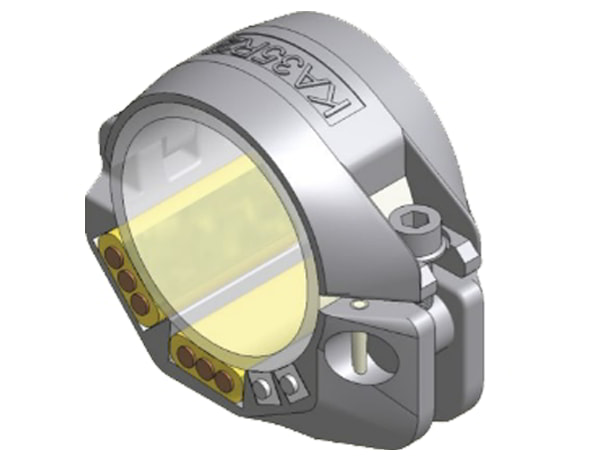
M-KWIK Control Line and Cable Protector
Cross coupling protectors are essential tools used in the oil and gas industry during the installation of completions in oil and gas wells. These protectors provide a variety of benefits that make them a necessary investment for any oil and gas company. Protects Control Lines: Cross coupling protectors help protect control lines from damage that can be caused by the installation process, environmental factors, and other external factors. By providing an extra layer of protection, the control line can last longer and reduce the need for costly repairs or replacements. Prevents Fluid Contamination in Cables: Cross coupling protectors prevent fluid contamination by keeping debris and other unwanted materials out of electrical cables during installation. This is particularly important in the oil and gas industry where contamination can lead to significant safety risks, equipment damage, and production losses. Reduces Maintenance Costs: The installation of cross coupling protectors can help reduce maintenance costs. By protecting control lines and cables the completion is less likely to require maintenance or repair. This can result in significant cost savings over the long-term. Improves Efficiency: Cross coupling protectors help to improve the efficiency of the installation process. By providing a secure connection and preventing contamination, the installation process can be completed more quickly and with fewer re-work. This can help to reduce downtime and increase productivity. Enhances Safety: Cross coupling protectors enhance safety by reducing the risk of equipment failure and fluid contamination. This can help to prevent accidents and injuries, and ensure that the installation process is completed safely. The use of cross coupling protectors is critical to the successful installation of tubing in oil wells. They provide numerous benefits including protecting tubing joints, preventing fluid contamination, reducing maintenance costs, improving efficiency, and enhancing safety. By investing in cross coupling protectors, oil and gas operators can ensure the long-term success of their operations while improving their bottom line. View Details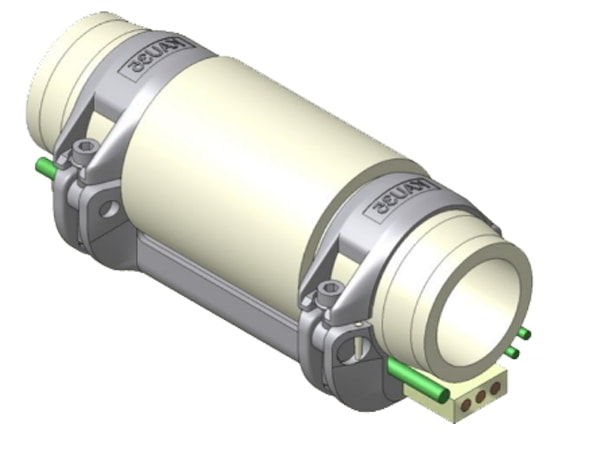
U-KWIK Cross Coupling Protector
Cross coupling protectors are essential tools used in the oil and gas industry during the installation of completions in oil and gas wells. These protectors provide a variety of benefits that make them a necessary investment for any oil and gas company. Protects Control Lines: Cross coupling protectors help protect control lines from damage that can be caused by the installation process, environmental factors, and other external factors. By providing an extra layer of protection, the control line can last longer and reduce the need for costly repairs or replacements. Prevents Fluid Contamination in Cables: Cross coupling protectors prevent fluid contamination by keeping debris and other unwanted materials out of electrical cables during installation. This is particularly important in the oil and gas industry where contamination can lead to significant safety risks, equipment damage, and production losses. Reduces Maintenance Costs: The installation of cross coupling protectors can help reduce maintenance costs. By protecting control lines and cables the completion is less likely to require maintenance or repair. This can result in significant cost savings over the long-term. Improves Efficiency: Cross coupling protectors help to improve the efficiency of the installation process. By providing a secure connection and preventing contamination, the installation process can be completed more quickly and with fewer re-work. This can help to reduce downtime and increase productivity. Enhances Safety: Cross coupling protectors enhance safety by reducing the risk of equipment failure and fluid contamination. This can help to prevent accidents and injuries, and ensure that the installation process is completed safely. The use of cross coupling protectors is critical to the successful installation of tubing in oil wells. They provide numerous benefits including protecting tubing joints, preventing fluid contamination, reducing maintenance costs, improving efficiency, and enhancing safety. By investing in cross coupling protectors, oil and gas operators can ensure the long-term success of their operations while improving their bottom line. View Details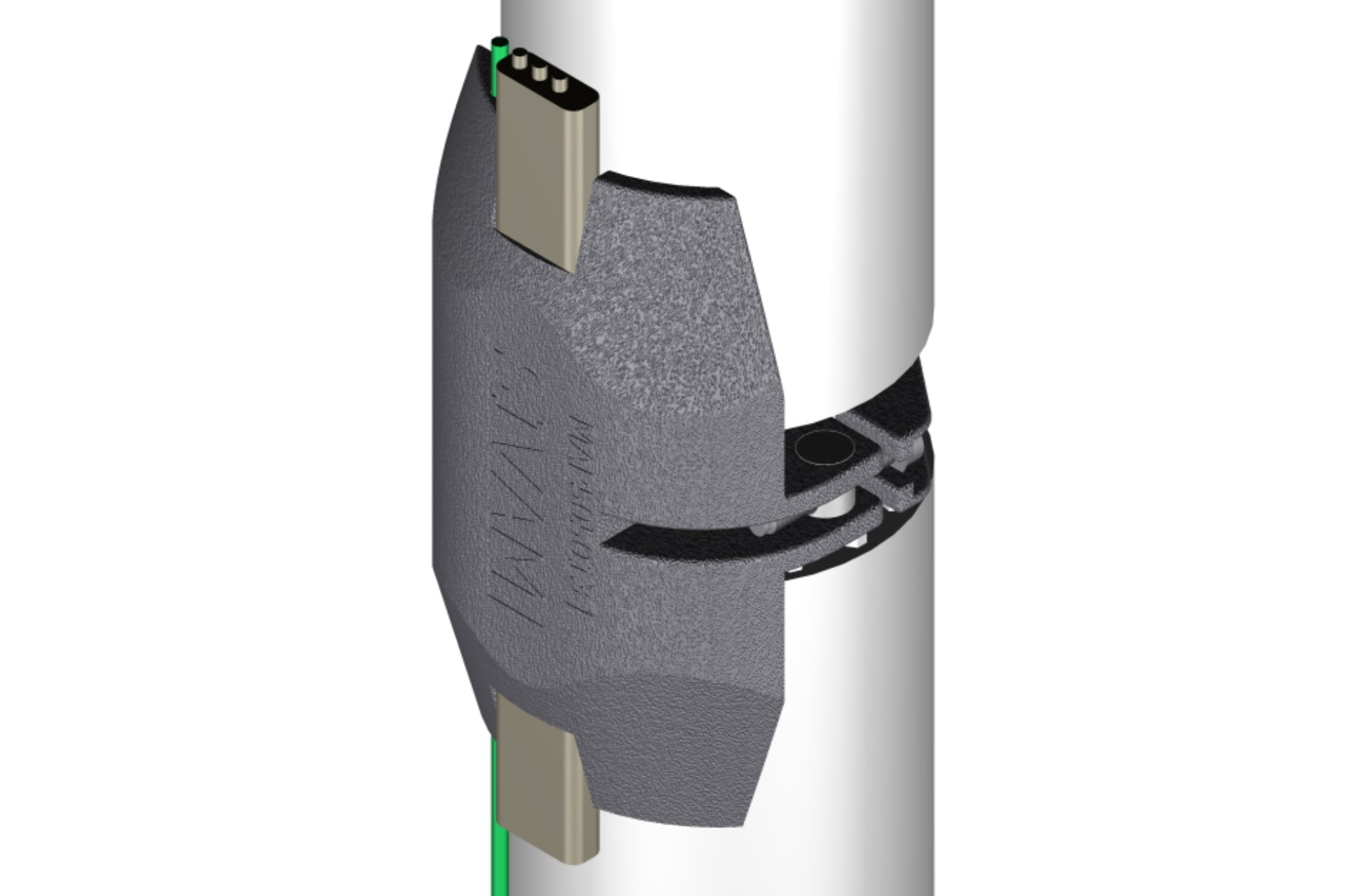
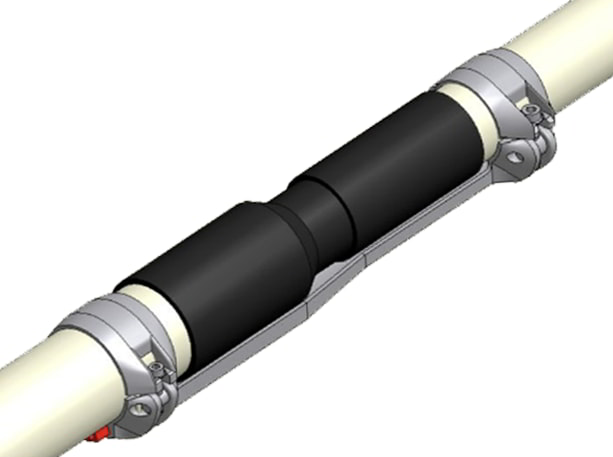
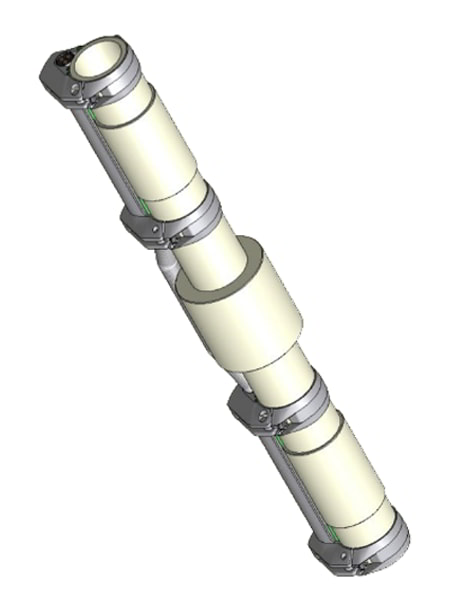
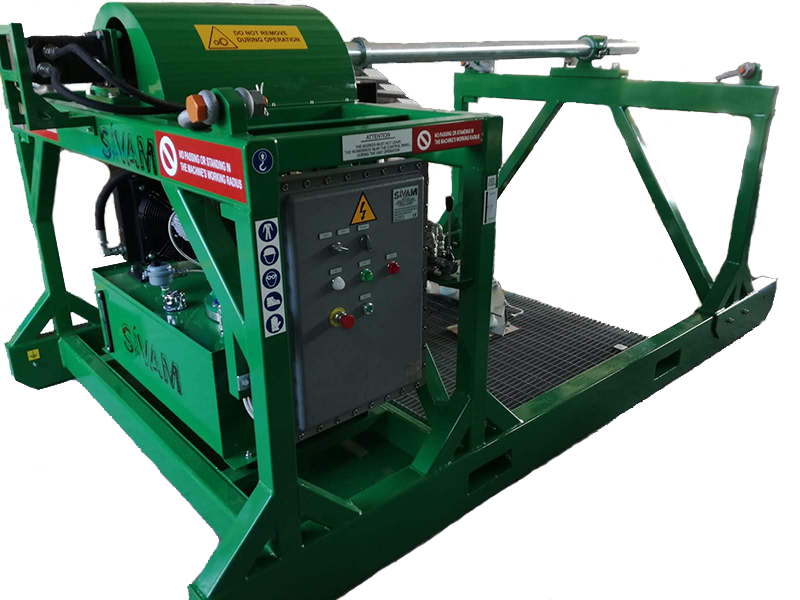
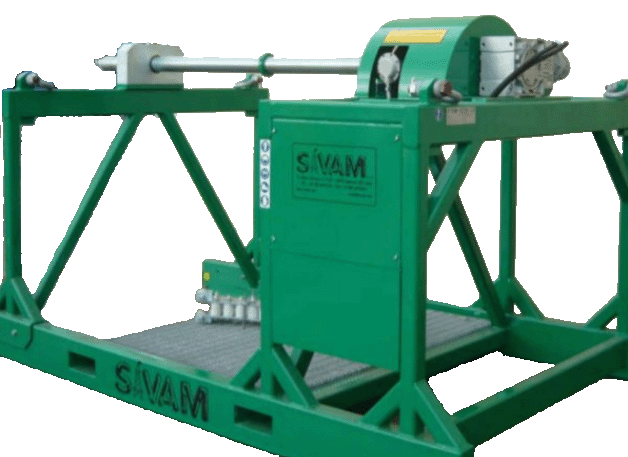
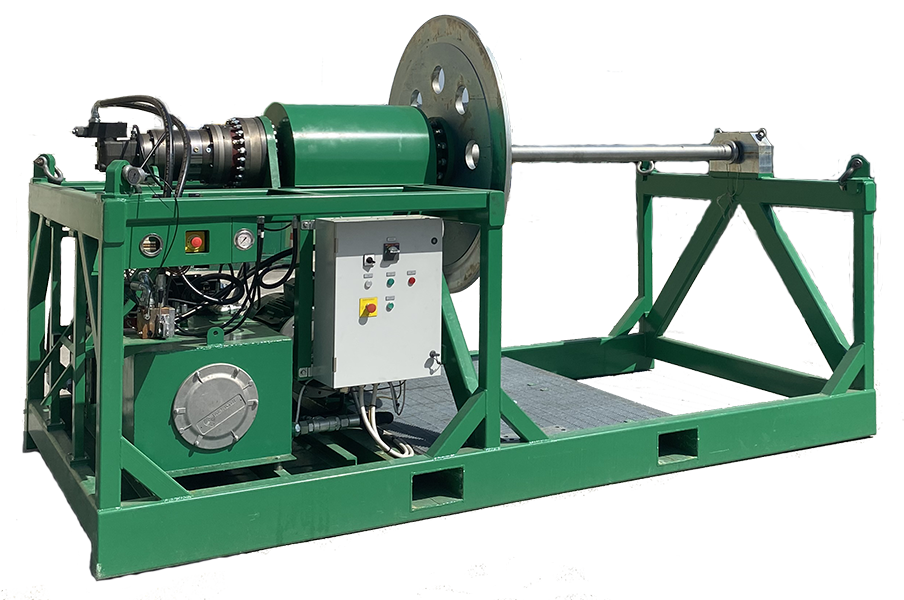
High Torque Super Spooler Unit
The Super Spooler SUHT-25-2415 is designed for the heaviest of spooling loads in the most adverse conditions. Spooling units designed to ensure cables or control lines are kept in tension while running in or out of hole. Our spooling units are fully designed, manufactured and assembled with sheaves (half or full moon) to guide control, injection, or mono-conductor cable preventing damage while being tripped in hole. Units are available in pneumatic, hydraulic, or electric drive and are ATEX zone and DNV certified as required by location. Spooling units can also be equipped with a filling pump to monitor pressure while tripping – improving efficiency as a sudden pressure drop indicates line damage. View Details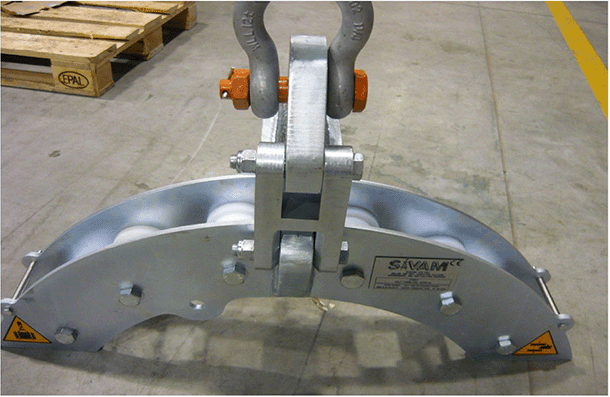



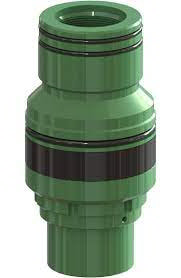
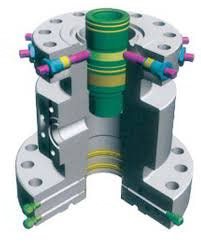
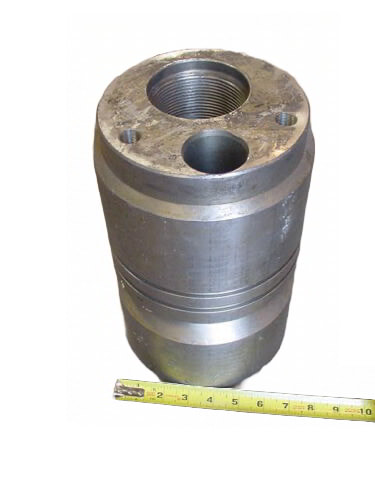
Tubing hanger with electrical feedthrough for ESP applications
The tubing hanger holds a feed-through mandrel equipped with the proper seals. Feed-through mandrel seals contain well pressure and prevent gas leaks at the surface. Power cables are connected to the two ends of this device via their three-phase connectors (also called: lower and upper pigtails). The feedthru portion of the system provides a fluid block at the wellhead permitting electrical power to pass safely and reliably through the well’s pressure barrier. The connector works with the wellhead manufacturer to assure proper fit and material compatibility. View Details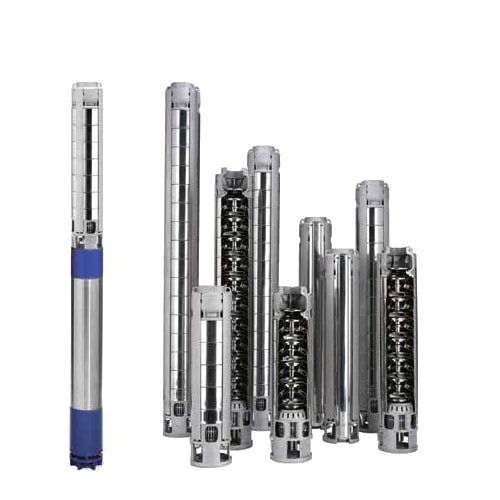
Electric Submersible Pump (ESP) systems for oil and geothermal applications
The electrical submersible pump is an efficient and reliable artificial-lift method for lifting moderate to high volumes of fluids from wellbores with volumes rates from 150 B/D to as much as 150,000 B/D (24 to 24,600 m3/d). A complete ESP system can be designed and supplied to meet the requirements from individual wells. The ESP system is comprised of; intake, pump, motor, seal section, cable, feed-through, surface electrical and any sensors, software and variable frequency drives (VFD's). ESP's can be used onshore, offshore, subsea, or in relatively high gas saturations. View Details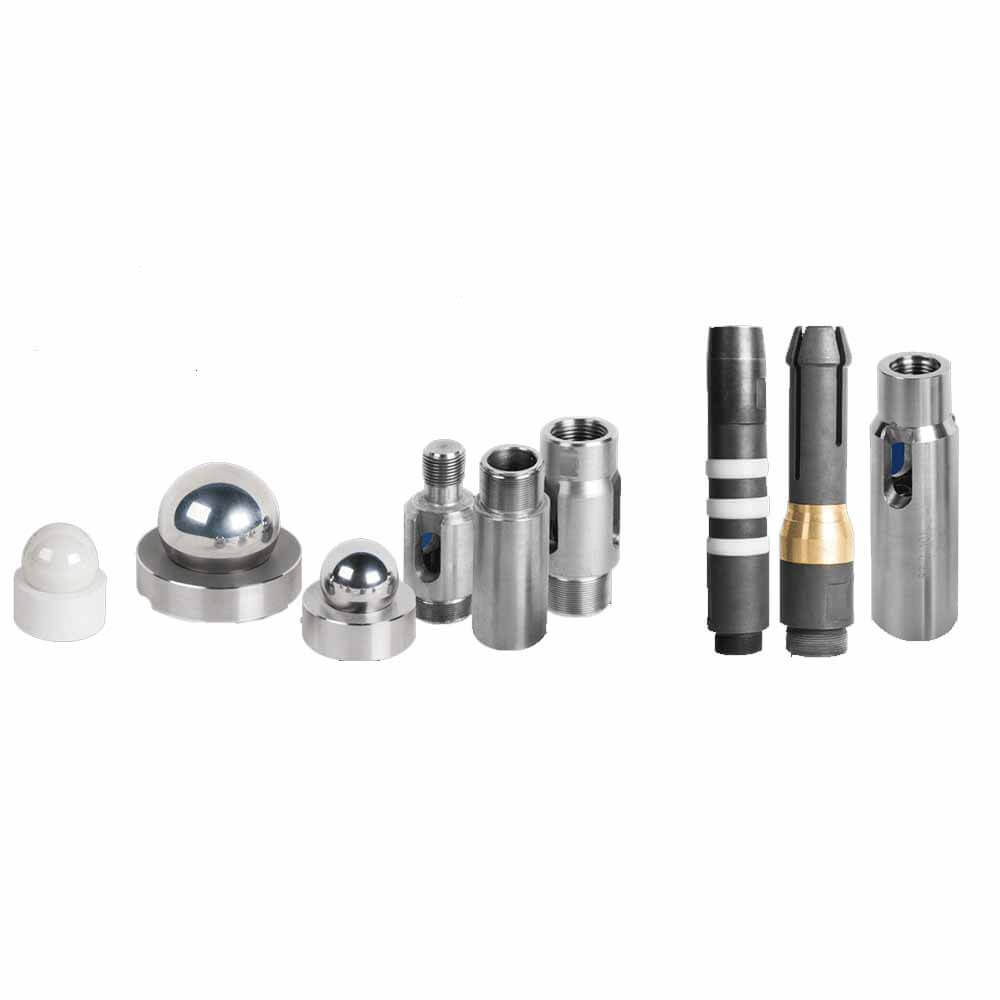
Rod Pump of various diameters and stroke lengths to optimize oil production
Sucker rod pumping systems are the oldest and most widely used type of artificial lifting system for oil wells. Sucker-rod pumping is the most widely used artificial lift method for onshore oil wells. Sucker-rod strings transfer the motion from the driving machine on the wellhead to the downhole oil pump. Pump diagnoses are generally conducted through an interpretation of the pump dynamometer graph (pump card). View Details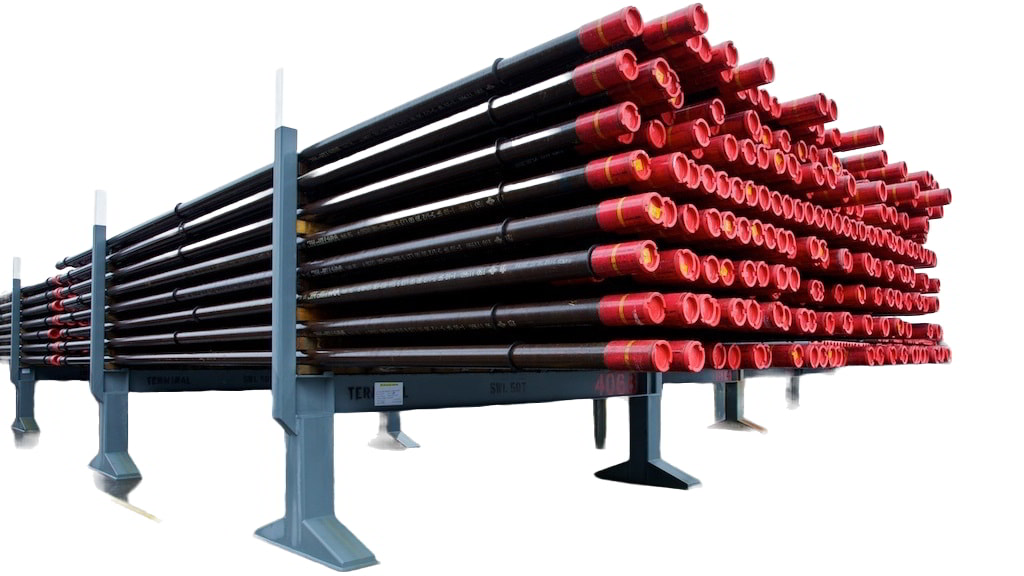
OCTG Tubing from 2 3/8 inch to 7 inch for oil and gas well completions
OCTG (Oil Country Tubular Goods) refers to the piping products that are used in oil and gas production and drilling activities. OCTG pipe normally is manufactured based on API specifications. Oil country tubular goods (OCTG) is a family of seamless rolled products consisting of drill pipe, casing and tubing subjected to loading conditions according to their specific application. Tubing is the pipe placed in the well that is exposed to flowing fluids from the reservoir to surface. It is uncemented and able to pulled and replaced in the event the pipe erodes or corrodes. Our international network of manufacturers and warehouses have almost all weights and grades in stock. View Details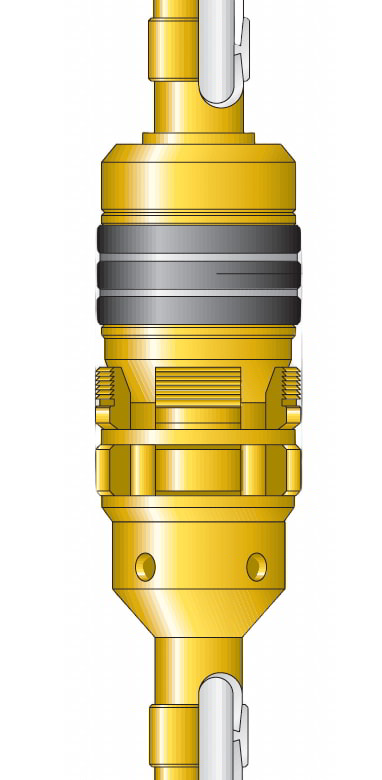
R-3 Double Grip Retrievable Packer
The R-3™ packer is a versatile production packer intended for a broad range of production applications. It is a compression-set packer, suitable for stimulation and treating applications in a double-grip configuration. Applications in which excessive bottomhole pressures have been depleted, a single-grip version can be used as an economical production packer. The R-3 single-grip retrievable-casing packer is set with one-fourth-turn right-hand rotation and can be released with straight pickup. We can source from current stock or direct from the manufacturer. View Details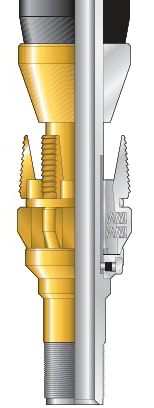
G Compression set Retrievable Packer
The G™ packer is an economical, compression-set packer, intended for lower pressure production applications. It is set by one-quarter-turn right-hand rotation. Release is accomplished by straight pickup of the tubing. If it is necessary to move the packer further downhole after release, one-fourth-turn left-hand rotation will put the tool back into the running position. C-1 Single Grip Invertible Packer The C-1™ packer can be run as a conventionally set packer or, when run upside down, it can be set in compression. Emergency releases are provided for tension and compression operations. View Details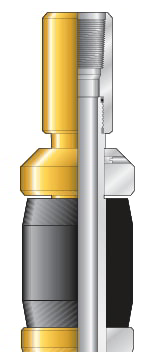
C-1 Single Grip Invertible Packer
The C-1™ packer can be run as a conventionally set packer or, when run upside down, it can be set in compression. Emergency releases are provided for tension and compression operations. The G™ packer is an economical, compression-set packer, intended for lower pressure production applications. It is set by one-quarter-turn right-hand rotation. Release is accomplished by straight pickup of the tubing. If it is necessary to move the packer further downhole after release, one-fourth-turn left-hand rotation will put the tool back into the running position. View Details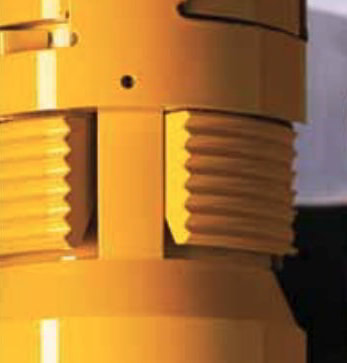
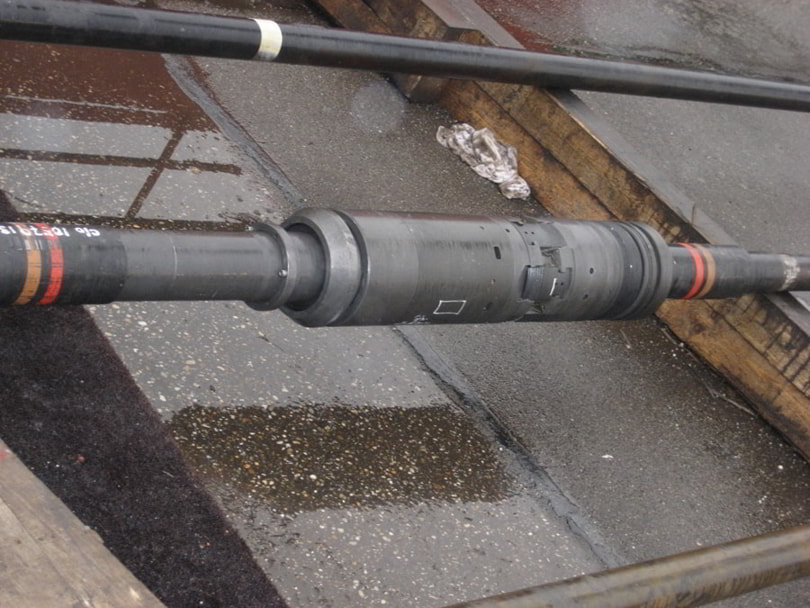
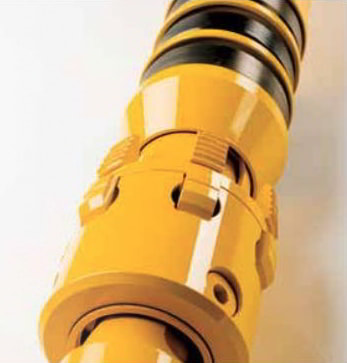
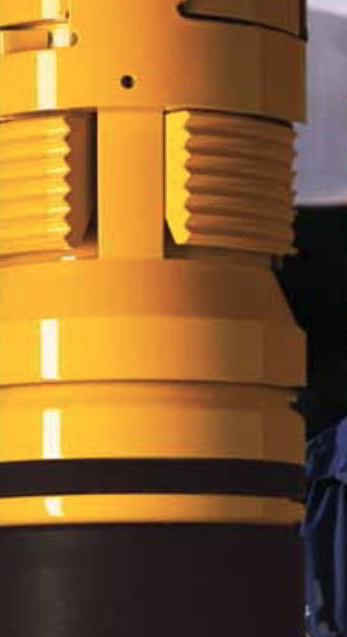
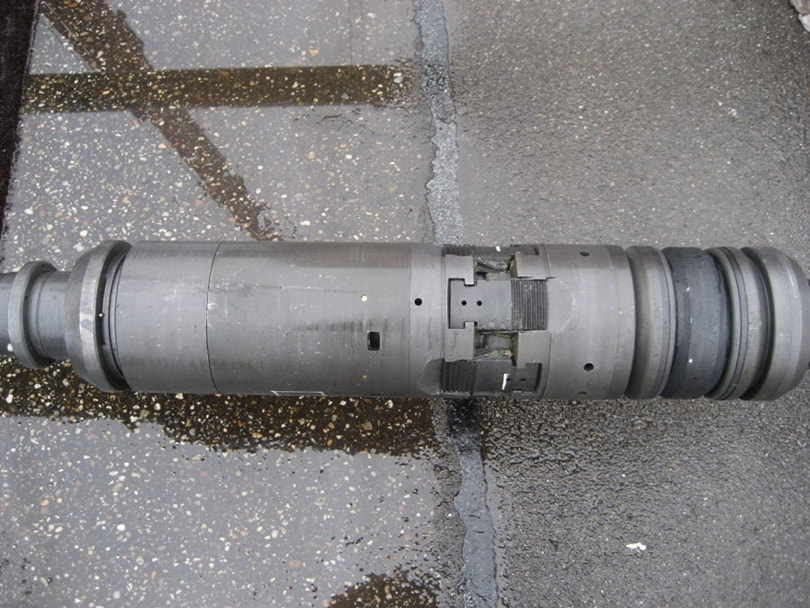
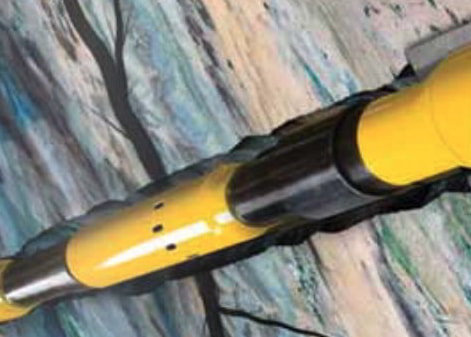
FH Hydrostatic Retrievable Packer
The FH™ is the industry-standard, hydrostatic-set and shear-release single-string retrievable packer. It can be used in the following applications: production, injection, and zonal isolation; single-string selective completions or dual-string completions with multiple packers; deviated wells or other applications when rotation for installation or removal is not beneficial; when it is beneficial to displace and set packers after the well is flanged up; when testing the tubing string before packer setting or to independently set and test individual packers in multiple packer completions is beneficial. The FH packer is hydraulically activated by applying tubing pressure against a plugging device below the packer. The packer requires only straight pull to release. The FHL™ is the large-bore version of the FH packer. Features, advantages and operational procedures are the same as those for the FH packers Accessories A tubing-plugging device must be positioned below the packer for actuation: E™ hydraulic-trip sub (Product Family No. H79928); CMU(D)™ sliding sleeve (Product Family Nos. H81079 and H81080) with blanking plug; Baker Hughes low-control seating nipple with blanking plug; hydraulic-setting devices (Product Family Nos. H46921, H79928 and H75917) View Details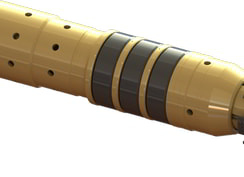
Premier Removable Production Packer
The Premier™ packer is a hydraulic-set, large-bore, removable production packer. It combines the performance of a permanent packer with the conveniences of a retrievable packer. The Premier is ideally suited for big-bore completions and multizone stacked-packer completions. Its retrieving options offer new alternatives in high intervention cost applications. We can source from current stock or direct from the manufacturer. View Details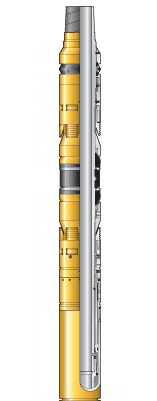
Premier Production Packer with Striker
The Premier™ Packer with Striker™ interventionless packer setting system is a proven product for interventionless actuation of the Premier packer. It is the new class of “removable” packers designed for wells that demand the sealing performance of a permanent packer and the flexible workover options of a traditional retrievable packer. Because the Premier can be remotely actuated, rig time/cost is reduced and risks associated with standard well intervention setting methods, are minimized. This results in a cost-savings benefit for the operator. The Striker system is a device that generates packer setting force from hydrostatic well pressure. As a secondary or contingent setting method, it can also be set by hydraulic pressure. The Striker modular design is a derivation of the innovative and successful SB- 3H™ hydrostatic/hydraulic retainer production packer. It can be removed on the production string by cutting the mandrel with a chemical or mechanical cutting tool. The Premier system offers unique high-performance and multiple-removal options for high-cost intervention completions. We can source from current stock or direct from the manufacturer. View Details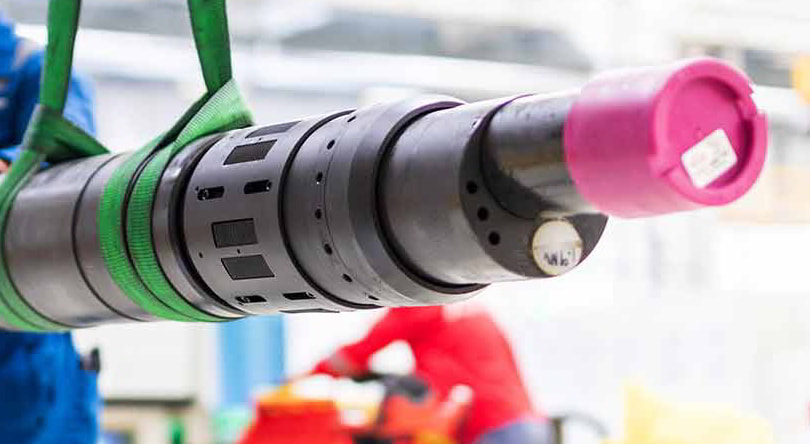
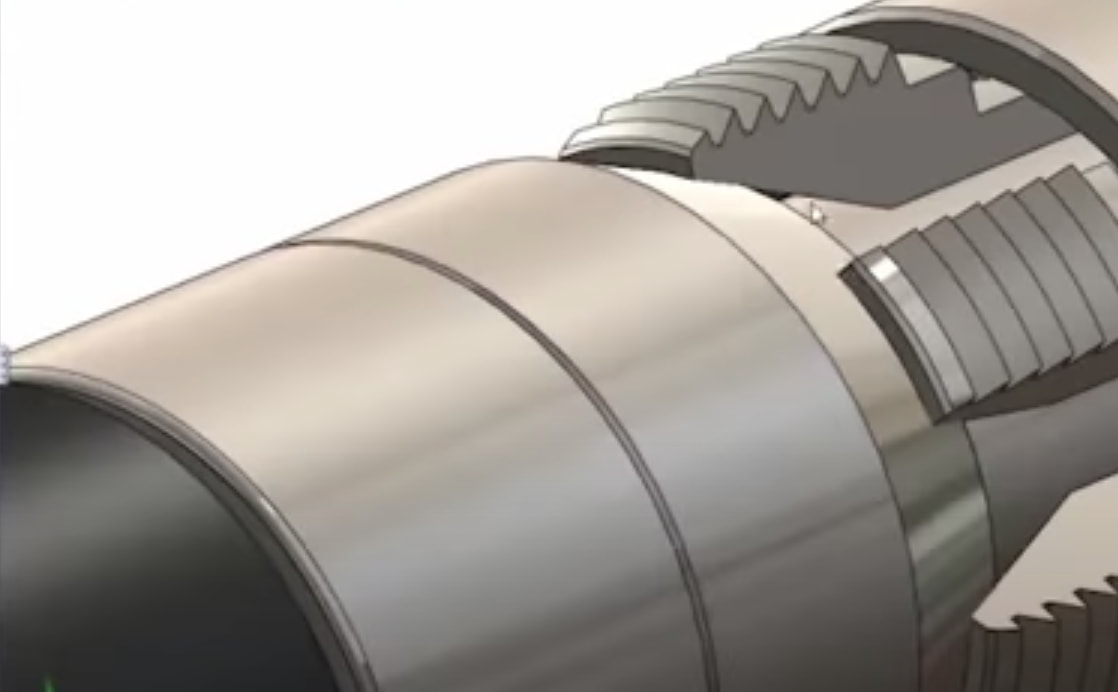
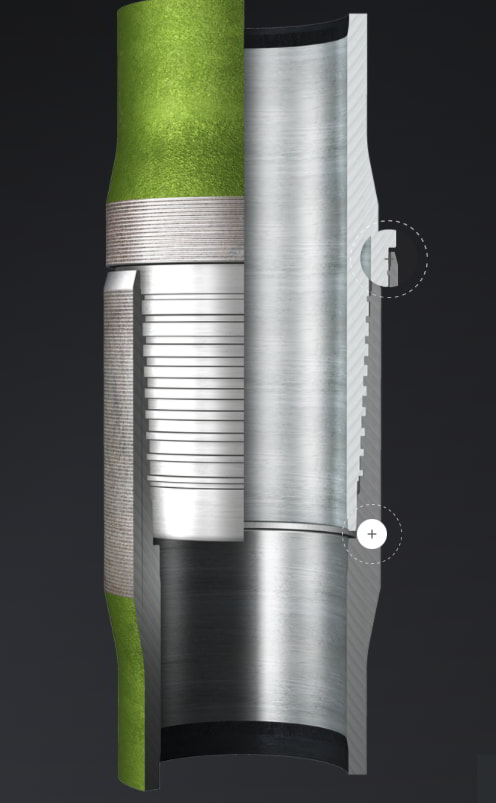
2 3/8" L80 Yellowband Tubing Hydril 533"
This connection is fully interchangeable with: Wedge 503® - 2.375 in. - 0.19 (4.70) in. (lb/ft) Wedge 533® - 2.375 in. - 0.218 (5.30) / 0.254 (5.95) / 0.295 (6.60) / 0.336 (7.45) in. (lb/ft) Wedge 563® - 2.375 in. - 0.19 (4.60) / 0.218 (5.10) / 0.254 (5.80) / 0.295 (6.60) / 0.336 (7.35) in. (lb/ft) View Details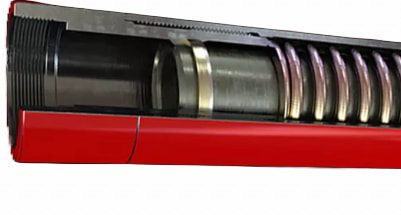



Ambient Storm Choke Valve 4 1/2 inch
Storm Choke® H safety valves are ambient-type, wireline retrievable valves that are normally closed and precharged with a set dome pressure. When the well flowing pressure drops below the predetermined dome-pressure charge, as a result of a rupture in the flowline or surface equipment, the dome pressure and valve spring are designed to close the valve, shutting in the well. The H valve is used in wells producing large volumes of abrasive fluids. Its large bore is not restricted by a flow bean. The valve is designed to resist pressure surges. A metal-to-metal (MTM) ball and seat is used as the primary closure mechanism. The H valve is ideal for protecting wells with declining bottomhole pressure because this valve is tubing pressure sensitive instead of velocity sensitive. To reopen, the valve pressure must be fully equalized either by applying pressure in the tubing from the surface or by running a prong to allow equalization from below. The valve will reopen when the tubing pressure acting on the internal piston area overcomes the dome charge. Applications » Wells producing large volumes of abrasive fluids » Wells with declining bottomhole pressure » Wells with no provisions for surface-controlled valves Features » Large bore not restricted by a flow bean » MTM ball and seat » Designed to resist pressure surges *description excerpted from manufacturers catalogue. View Details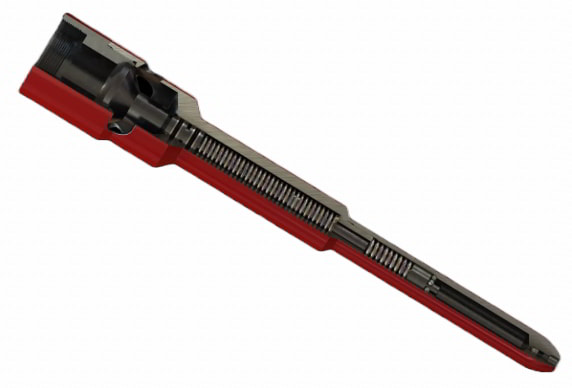
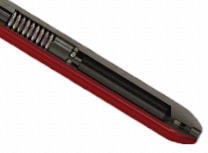
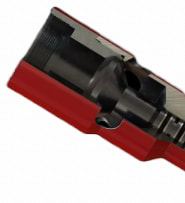
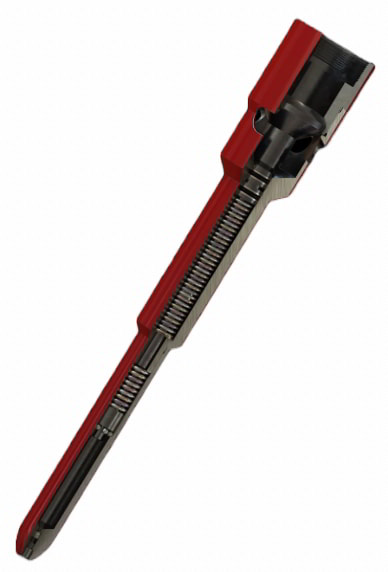
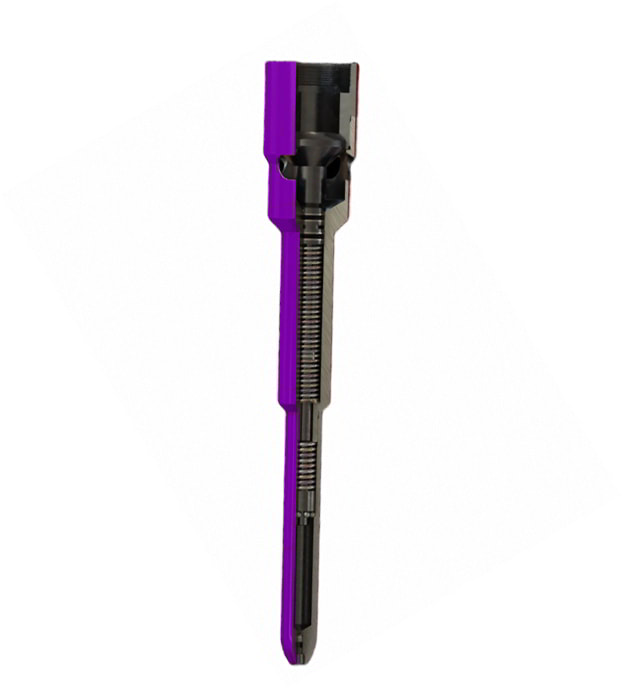
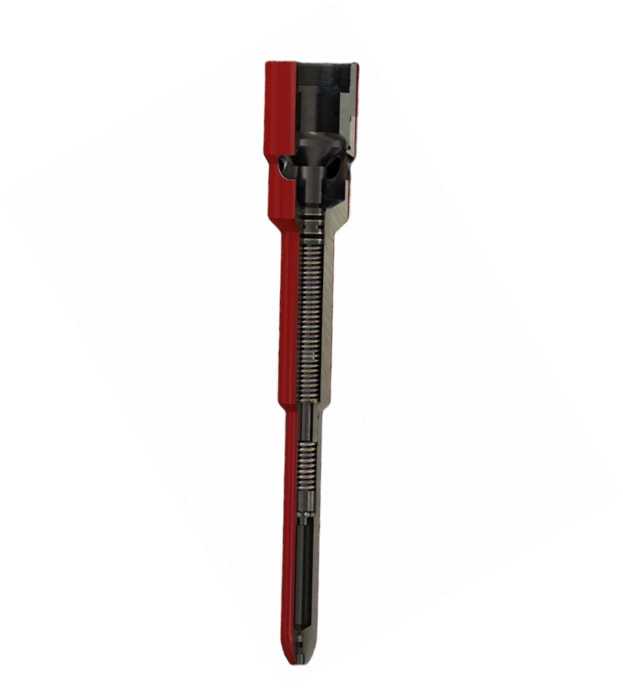


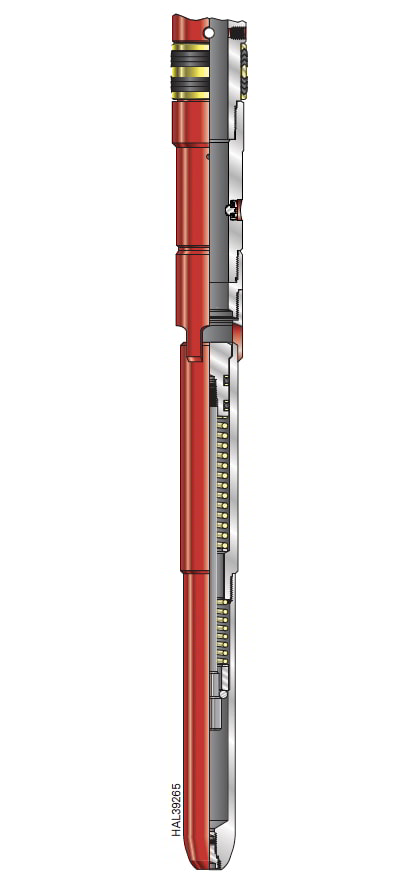
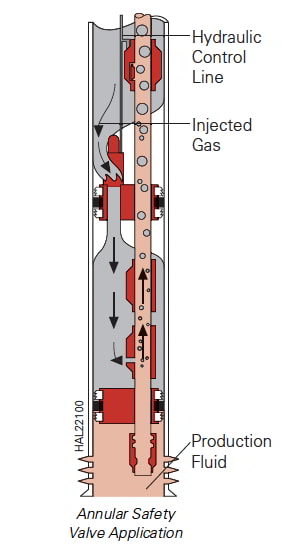
Surface Controlled Annular Vent and Sleeve Valve 2 inch
An annular vent sleeve valve communicates between the casing annulus and producing formation. The valve is a hydraulically operated sliding sleeve device like a surface controlled subsurface safety valve with a hydraulic piston and a power spring to maintain the valve in a normally closed position. The valve is used with a bull plug on top or as an annular safety valve by providing annular bypass while control pressure is applied. With an electrical feedthrough device, this valve functions through a single packer mandrel as an electric power cable passage and annular bypass. On a dual hydraulic packer, the valve operates by a common hydraulic control line that sets the packer and operates the tubing-retrievable safety valve. Hydraulic pressure from the control line shifts the valve open to create a flow path across the packer in the annulus. Spring force closes the valve upon loss of control-line pressure to the piston. If the valve becomes inoperable or closed, an emergency shear feature allows fluid to be pumped into the producing formation from the annulus. Applications » Gas lift and electric submersible pump situations Features » Accurate fluid level shot during pumping because of large ported area through the vent sleeve » Maximum gas vent flow area allows increased gas flow rates and lower circulating pressures » Valve will shut off flow from either direction — production or injection *description excerpted from manufacturers catalogue. View Details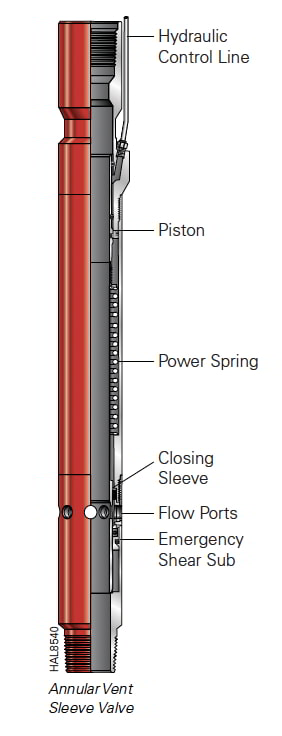
2-1/2 inch Annular Vent and Sleeve
An annular vent sleeve valve communicates between the casing annulus and producing formation. The valve is a hydraulically operated sliding sleeve device like a surface controlled subsurface safety valve with a hydraulic piston and a power spring to maintain the valve in a normally closed position. The valve is used with a bull plug on top or as an annular safety valve by providing annular bypass while control pressure is applied. With an electrical feedthrough device, this valve functions through a single packer mandrel as an electric power cable passage and annular bypass. On a dual hydraulic packer, the valve operates by a common hydraulic control line that sets the packer and operates the tubing-retrievable safety valve. Hydraulic pressure from the control line shifts the valve open to create a flow path across the packer in the annulus. Spring force closes the valve upon loss of control-line pressure to the piston. If the valve becomes inoperable or closed, an emergency shear feature allows fluid to be pumped into the producing formation from the annulus. Applications » Gas lift and electric submersible pump situations Features » Accurate fluid level shot during pumping because of large ported area through the vent sleeve » Maximum gas vent flow area allows increased gas flow rates and lower circulating pressures » Valve will shut off flow from either direction — production or injection *description excerpted from manufacturers catalogue. View Details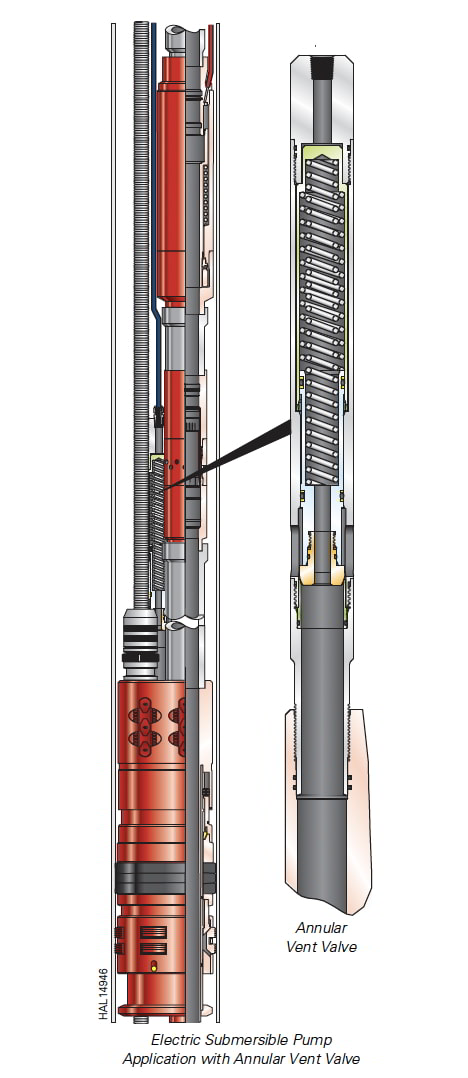
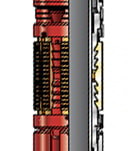
AV Annulus Safety Valve 9-5/8 inch
The AV annulus safety valve is a fully retrievable high performance annulus safety system packer with integral annulus safety valve. The system provides annular bypass through a hydraulically operated poppet valve. The AV system is run in a single trip in conjunction with a setting sub that can be shifted for hydraulic tubing-set or can be alternatively control-line set from surface. Applications The AV system is used for controlling annulus fluids in gas lift applications, monitoring of annulus pressures in critical situations, and in one- or two-trip annulus safety system completions. The completion can be run to depth and set with the surface tubing hanger flanged up. It can also be used in completions in which spacing out against a subsurface tubing hanger is required (i.e., no elastomeric expansion joint necessary). The tailpipe can be left in either tension or compression. The system can be used where high tensile loads and pressure differentials exist with the completion anchored in unsupported or poor condition casing. Features » Interlock system prevents preset » Tubing test facility while running » Hydraulically set in one trip on tubing with no mandrel movement » Annulus-mounted release mechanism » Internal/external components rotationally locked together » Element anti-extrusion system » One-trip system allows multiple control-line bypass » Premium thread connections — no elastomeric seals tubing to annulus » Primary release method is applied tubing pressure using dedicated punch release tool on slickline » Secondary release method available with simple tubing cut *information collected from manufacturer literature View Details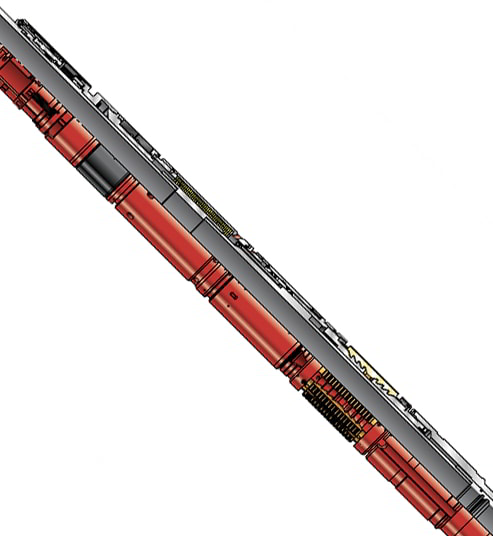
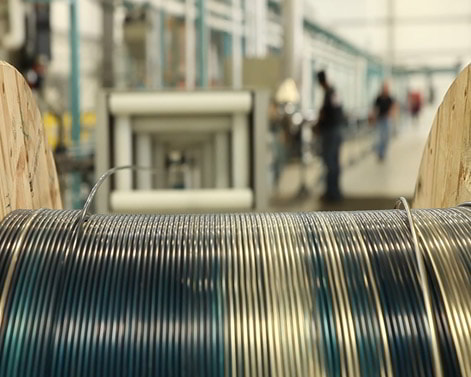
Hydraulic Control Line for SCSSSV
Control lines are assembled on reels filled with fluid and pressure tested. Reel spools are designed so pressure can be applied at any time during running to check control-line integrity. Hydraulic control lines are made from two different manufacturing processes that conform to ASTM specifications: (1) seamless and (2) welded and sunk. Seamless Tubing is fabricated from a solid rod. The process involves forcing a mandrel or punch through the solid rod to form a tube. The continuous lengths available from this process are limited. Welded and Sunk Tubing is fabricated from flat stock. The process involves rolling the stock into a cylinder and welding the seam. Once in tube form, it is drawn through a die to achieve the proper OD. This process is considerably less costly than the seamless method and yields lines available in continuous lengths with no butt-welded connections. Optional single and dual lines with protective encapsulation are available. The encapsulated material is suitable for use in most annular fluids. Encapsulation protects lines from damage during installation and simplifies the running process. The dual-encapsulated line can be used with “balanced” SCSSVs or injection wells where multiple lines are required. As an option, a protective cable between two control lines is available. Single-encapsulated lines have no cable; however, a protective cable on either side of the control line can be ordered. Installation Control lines are attached to subsurface controls with appropriate tube fitting and pressure tested before running into the wellbore. Line spools are hung in the derrick, and control line is paid out as tubing is run. Applications » For SCSSVs Features » Different lengths of control line in continuous coil » Stainless and alloy 825 materials offered » Control lines offered in various encapsulated options » All control lines conform to ASTM specifications » Lines available in other sizes on request *information sourced from manufacturer View Details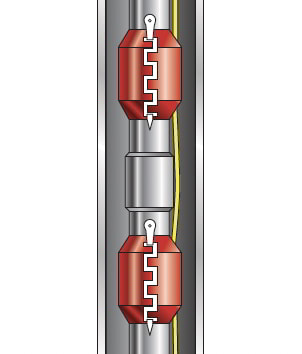
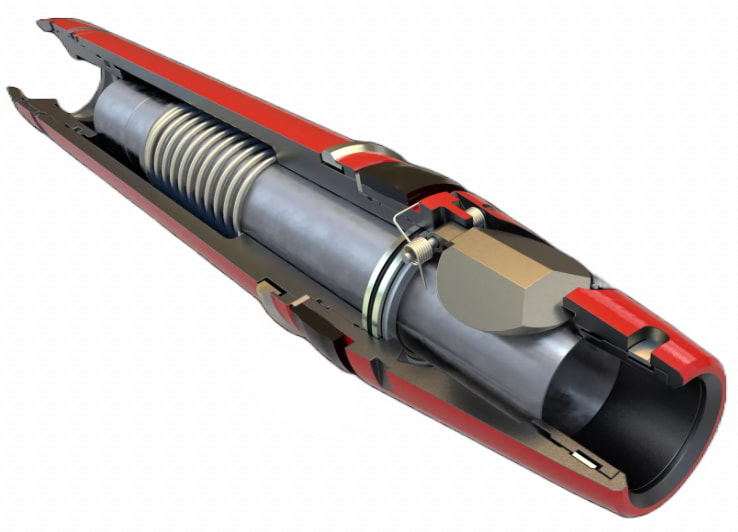
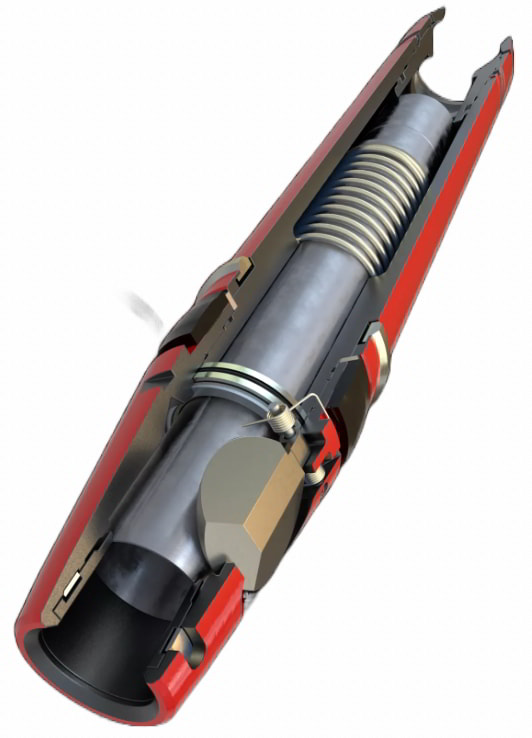
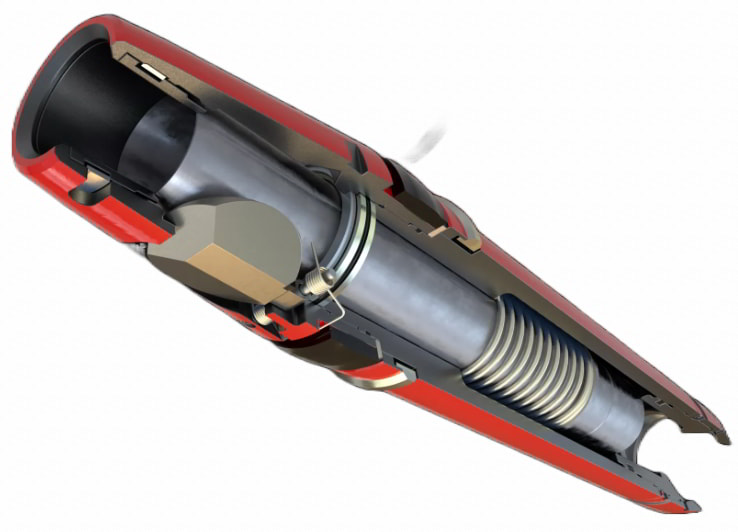
Injection Safety MC Valve 2-1/2 inch
MC (flapper-type) injection valves are used in injection wells to automatically shut-in the tubing string when injection stops or flow reverses. MC injection valves are spring-loaded, wireline-retrievable valves with large bores. The MC injection valves also feature sealing areas that are out of the direct flow path. These valves are designed to be held open by injection pressure for fluid passage. If injection flow becomes static or reverses for any reason, the spring and/or reverse flow causes the valves to close. These valves are designed to remain closed until pressure differential across the valves is equalized and injection is resumed. Applications » Injection wells Features » MC valves have sealing areas that are out of the direct flow path *information sourced from manufacturer View Details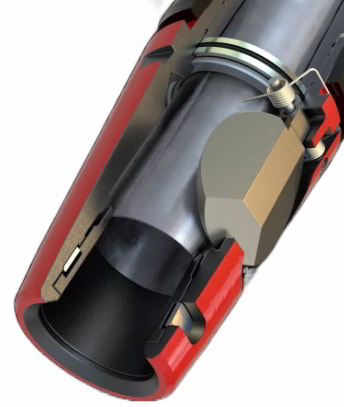
MC Injection Safety Valve 3-1/2 inch
MC (flapper-type) injection valves are used in injection wells to automatically shut-in the tubing string when injection stops or flow reverses. MC injection valves are spring-loaded, wireline-retrievable valves with large bores. The MC injection valves also feature sealing areas that are out of the direct flow path. These valves are designed to be held open by injection pressure for fluid passage. If injection flow becomes static or reverses for any reason, the spring and/or reverse flow causes the valves to close. These valves are designed to remain closed until pressure differential across the valves is equalized and injection is resumed. Applications » Injection wells Features » MC valves have sealing areas that are out of the direct flow path *information sourced from manufacturer View Details